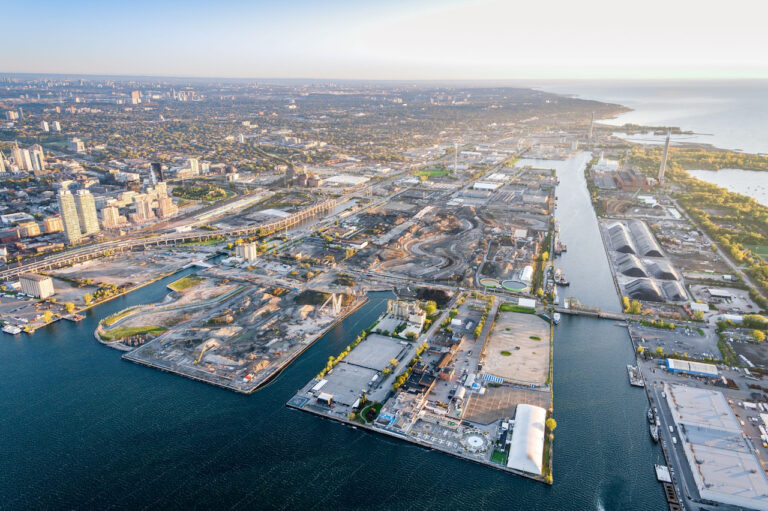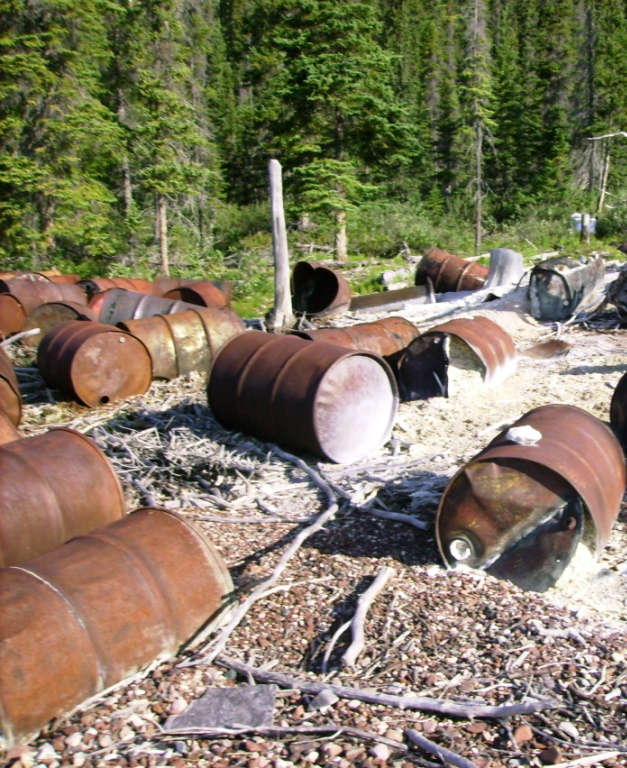Wednesday, October 8, 2025
PCBs, or polychlorinated biphenyls, are industrial products or chemicals. They were discovered in the early 20th century and were used mainly as coolants and lubricants in transformers, capacitors, and other electrical equipment. PCBs are one of the original 12 substances covered by the Stockholm Convention, which is an international environmental treaty that aims to eliminate or restrict the production and use of persistent organic pollutants.
The use of PCB chemicals have been banned in Canada since 1977 because these chemicals are proven to harm human and environmental health. But products in use prior to this may still contain PCBs and may contain contaminants that become released into the air, water, soil and dust.
As such, Environment and Climate Change Canada (ECCC) is seeking comments and feedback from the public on the proposed Regulations Amending the PCB Regulations and the Regulations Designating Regulatory Provisions for Purposes of Enforcement (Canadian Environmental Protection Act, 1999).
The proposed amendments intend to provide flexibility for the use and storage of PCB-containing equipment under unique circumstances that were neither foreseen when the Regulations came into force in 2008 nor in subsequent amendments.
The ministry would like to hear from those who work in the energy sector, hazardous waste management, and other owners of PCB-containing items.
Background on PCBs in Canada
PCBs are known to be persistent in both environmental media and in human and animal tissue; they are considered a threat to both human health and the environment, and are slated for virtual elimination. They are also toxic, and are included in Schedule 1 of the List of Toxic Substances under the Canadian Environmental Protection Act, 1999 (CEPA 1999). Due to the environmental and health concerns associated with PCBs, the Government of Canada had adopted a number of regulations to minimize exposure to, and environmental releases of PCBs since 1977.
The current regulations were developed under the authorities of CEPA 1999 with the objective of addressing the risks posed by the use, storage and release into the environment of PCBs, and to accelerate their destruction. The Regulations set deadlines for ending the use of PCBs in concentrations at or above 50 mg/kg in various pieces of equipment, and limit the period of time that PCBs can be stored prior to destruction. These requirements, together with the more stringent release limits, have led to a reduction of PCB releases into the environment. In addition, the labelling and reporting requirements for PCBs provide the necessary information to monitor progress towards end-of-use targets.

The ministry is conducting a review of the regulations to ensure that they meet the current standards associated with the health, safety and economic well-being needs of Canadians and the environment. As the Regulations came into force in 2008, a review will allow the Department to bring the regulatory regime up to date, while addressing stakeholder concerns in the process.
Existing issues related to the current PCB Regulations include:
- The storage and destruction of PCB-containing equipment located at nuclear facilities, where the Regulations do not take into consideration external factors associated with PCBs that are located in highly radioactive areas.
- The import of PCB-contaminated waste. The current regulatory framework applicable to the importation of PCB-contaminated waste is creating obstacles for waste importers who wish to import waste for the purposes of safe disposal.
- Preparing for the 2025 end-of-use deadline set under the Regulations. Concerns relate to logistical challenges involved in removing certain types of equipment from use, particularly in the electricity sector.
The ministry acknowledges the challenges associated with these issues and continues to engage to better comprehend affiliated concerns.
Provide comments on the proposed amendments using the online commenting feature available directly in the Canada Gazette publication. For more information on how to submit comments, please visit the comment on proposed regulations page.
- Discussion Document on Potential Amendments to the PCB Regulations
- PCB Regulations
- PCBs in the environment
The deadline for input is February 21, 2024.
Featured image credit: Getty Images.












